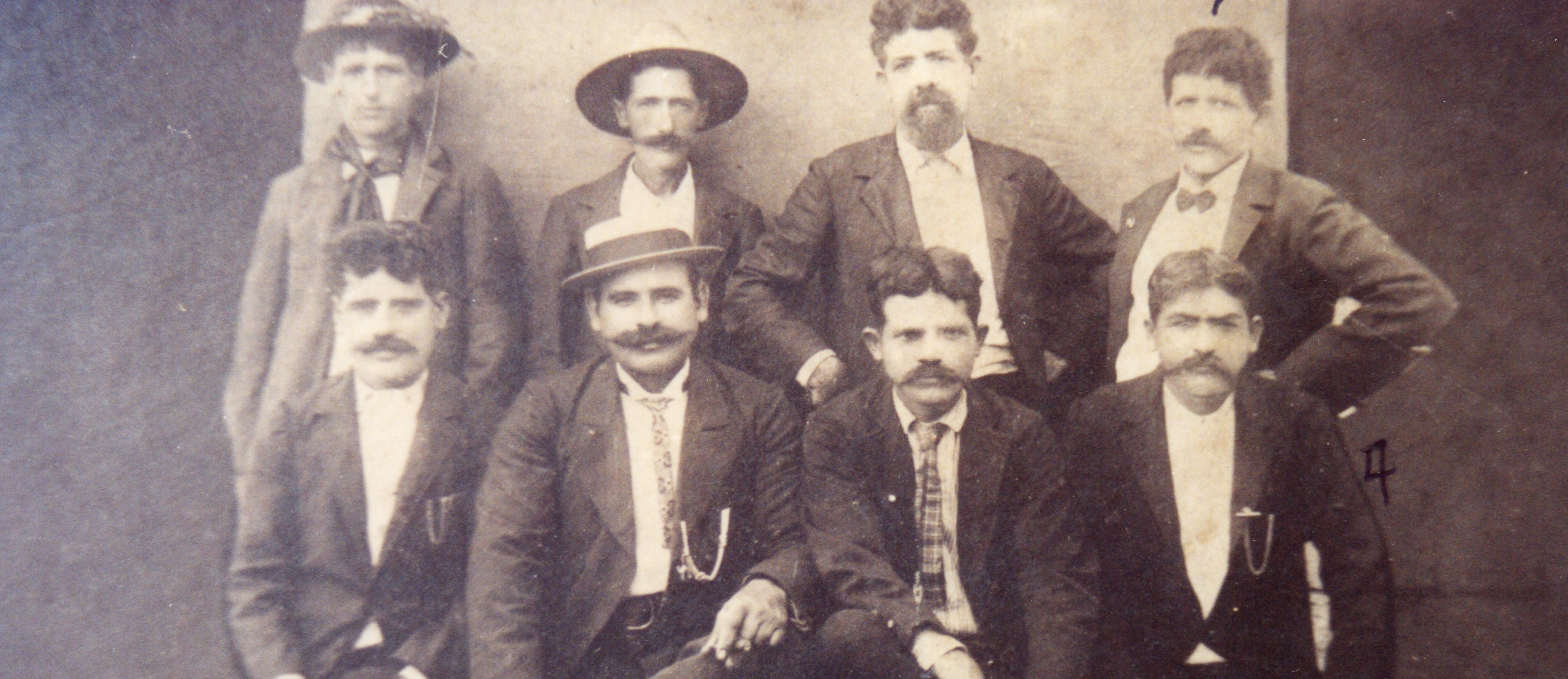The Beginnings: Ladd & Co.
Before 1833, life in Hawaii had changed very little since the Polynesians first made their way to the islands. Some foreigners (i.e. former whalers, missionaries, and so forth) had set up residence. For the most part, their influence was minimal.
In 1833, three men from the Eastern United States formed a mercantile trade company in Honolulu called Ladd & Co. The founders were William Hooper, Peter Brinsdale, and William Ladd. These three would set in motion events that would change Hawaii forever.
The First Sugar Plantation
Prior to 1835, most sugar cane grew wildly in the islands. Production sites were small. Most were run by families and tribes.
On 13 September 1835, Ladd & Co., began the first major Hawaiian sugar plantation. Hooper, Brinsdale, and Ladd managed to do something that no one else had previously done in Hawaii. With the help of missionary settlers, they obtained the first major land lease in Hawaiian history. The lease comprised 980 acres in Koloa, which was set aside for sugar cane production. The lease ran 50 years at $300 a year.
Why were the missionaries so interested in the plans of Ladd & Co.? The missionaries were bent on making farmers of the Hawaiian natives. Ladd & Co. fell nicely into those plans. By employing Hawaiian natives, they would be teaching them the skills missionaries felt were so necessary.
Why Koloa? Koloa was seen as the perfect place for a sugar plantation. Wild cane already grew in Koloa so they knew it could be cultivate there. The land was fertile and the area got plenty of rain. These were the right conditions for major sugar cane production.

The Plantation Comes to Life
William Hooper was designated the manager of the Koloa Sugar Plantation. Hooper, a 26-year-old native of Boston, had a huge task ahead of him. His laborers were untrained and there was virtually no machinery available. The process would be slow, but Hooper endowed with the overblown sense of superiority that most Caucasians of the time felt toward native Hawaiians, thought it would be easy.
On 13 September 1836, work began on the plantation. The first step was to construct the buildings needed to process sugar cane and to house laborers.
On 25 November of the same year, planting began. Just a small portion of the 980 acres was planted–12 acres, to be exact! Twenty-five laborers, all native Hawaiians, made up the labor force. They earned $2 a month. Caucasians were employed as overseers. Thus, the hierarchical system based on ethnicity was put into place. That system would survive for many decades on Hawaiian sugar plantations.
Koloa Sugar Plantation 1836
One year later, Koloa was transformed. In 1836, the Koloa Sugar Plantation consisted of 25 acres of sugar cane, 20 houses for laborers, 1 house for a superintendent, carpenter shop, blacksmith shop, mill dam, sugar house, boiling house, mill. With laborers living within the plantation boundaries, Koloa was the model for all future plantations. The plantations would be self-sufficient towns with commerce, housing, and plantation buildings all in one place.
The whole enterprise prove costly and was destined to fail. Although the plantation went out of business in 1844, Ladd & Co. planted the seeds that would make Hawaii a sugar cane empire. Those interested in growing sugar cane on a mass scale were clearly more interested after Ladd & Co. moved in. The Hawaiian Islands would never be the same.
copyright 2003-2021 Melody Lassalle – All Rights Reserved






